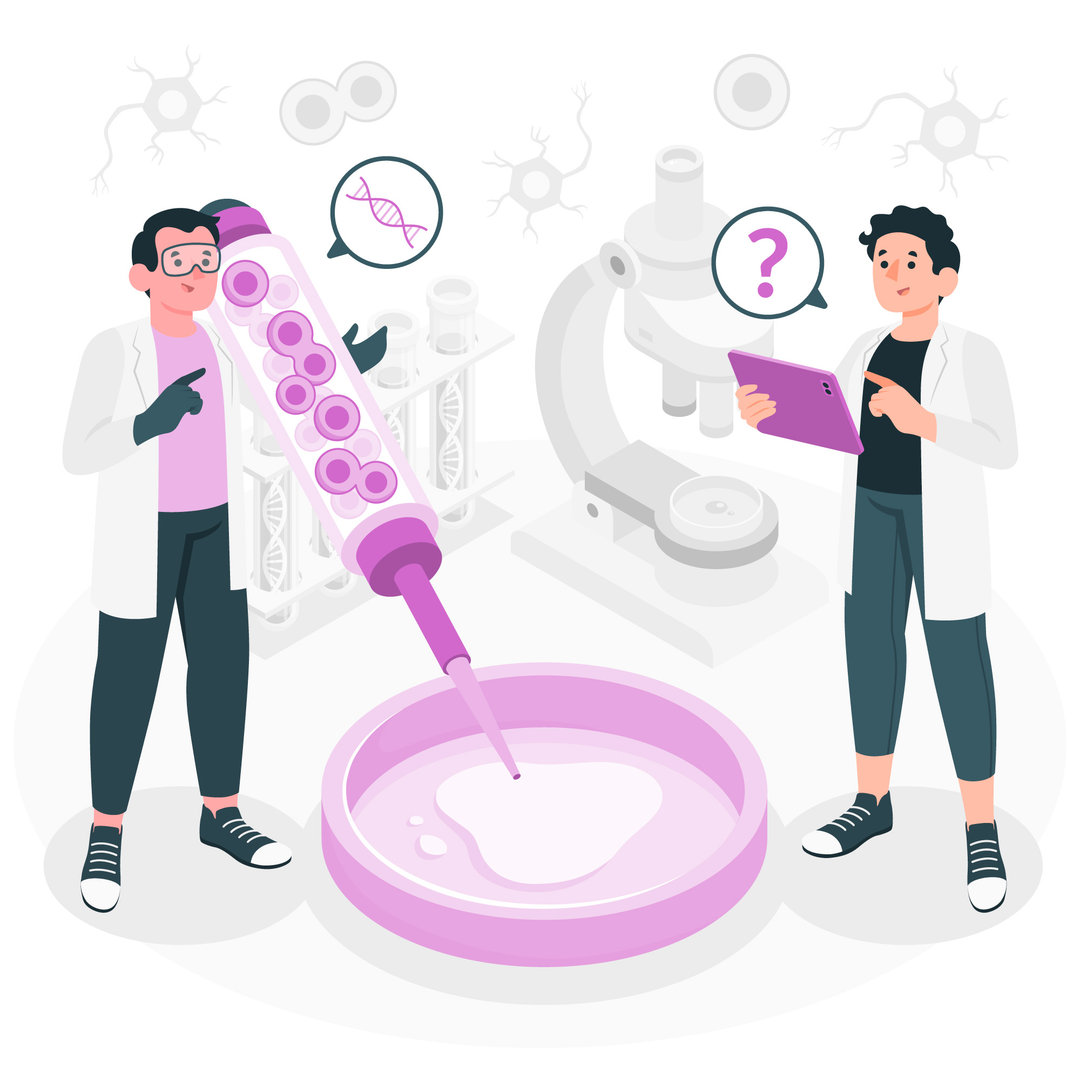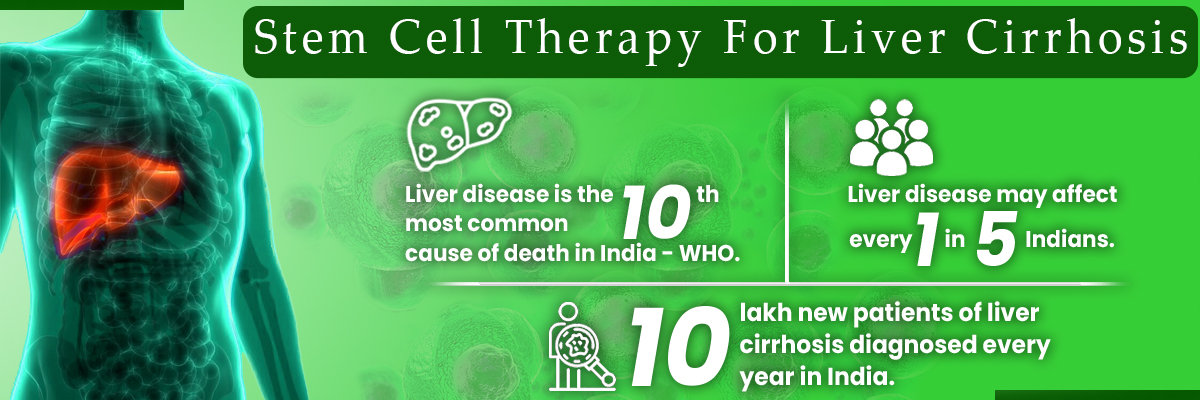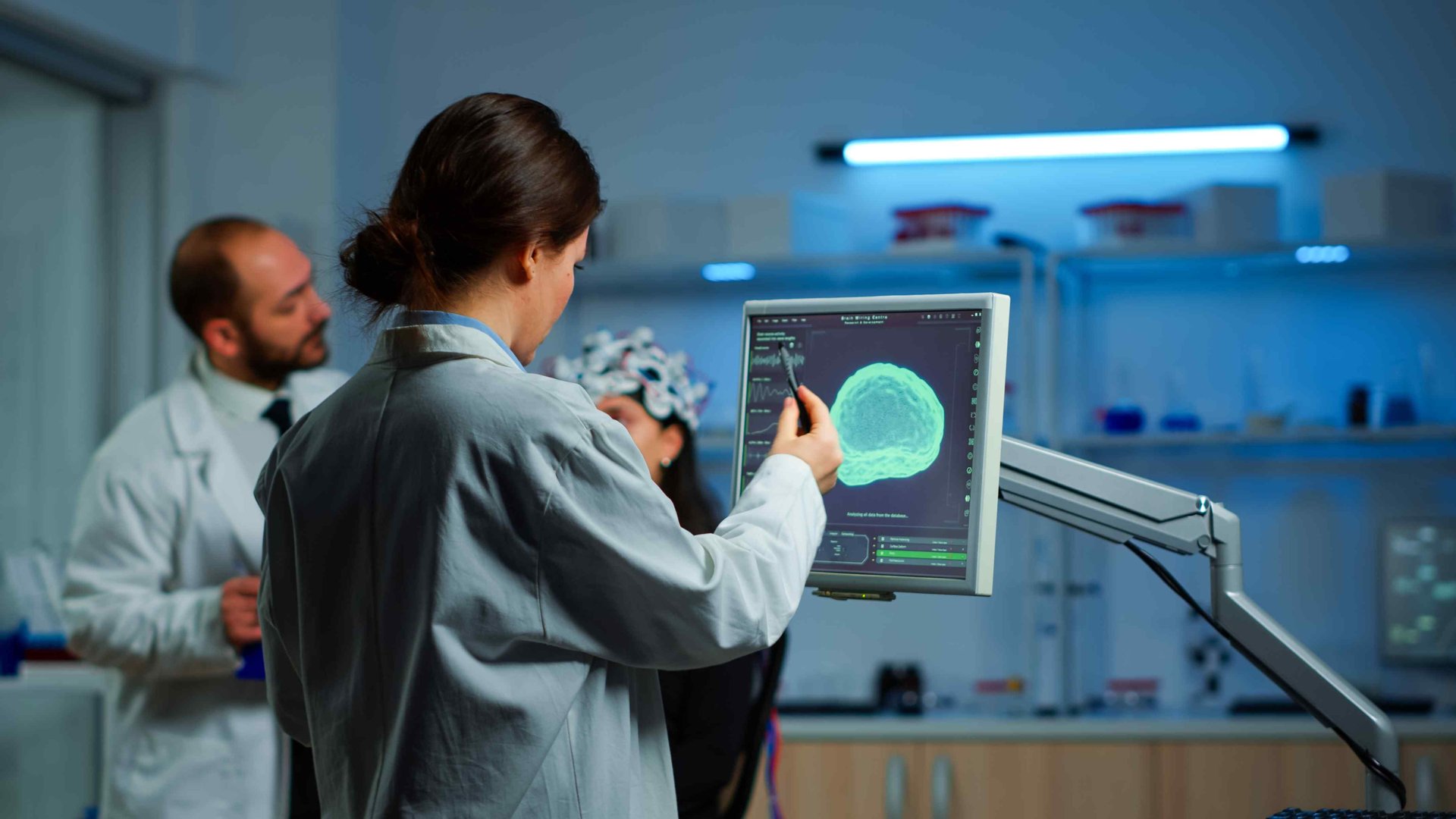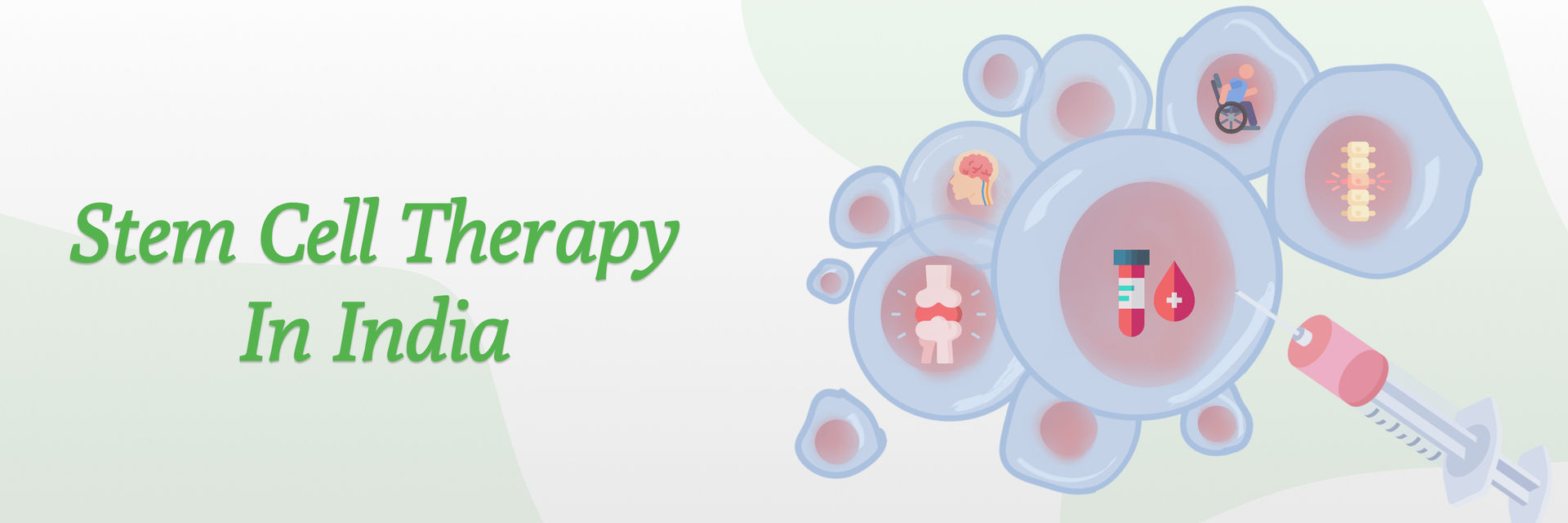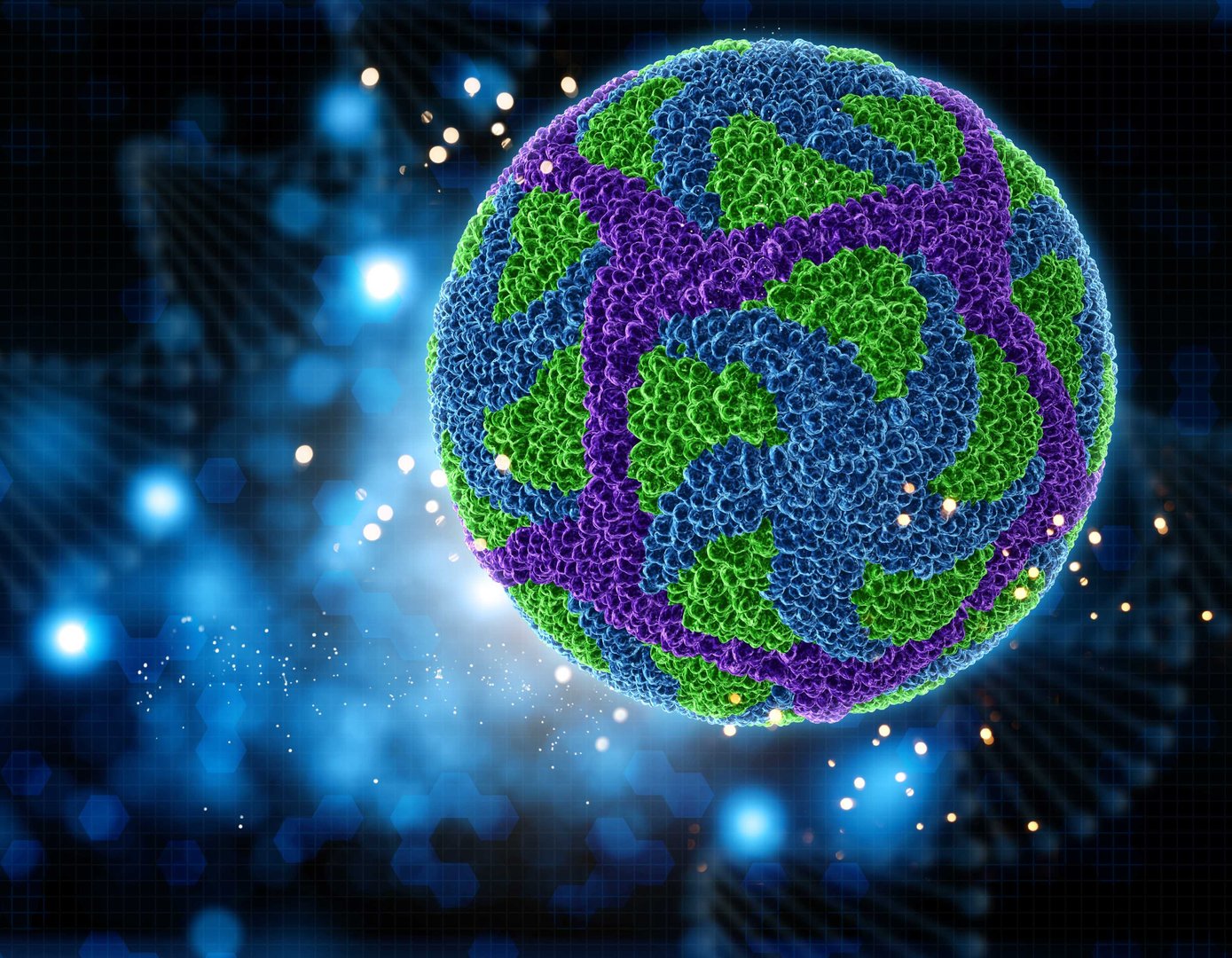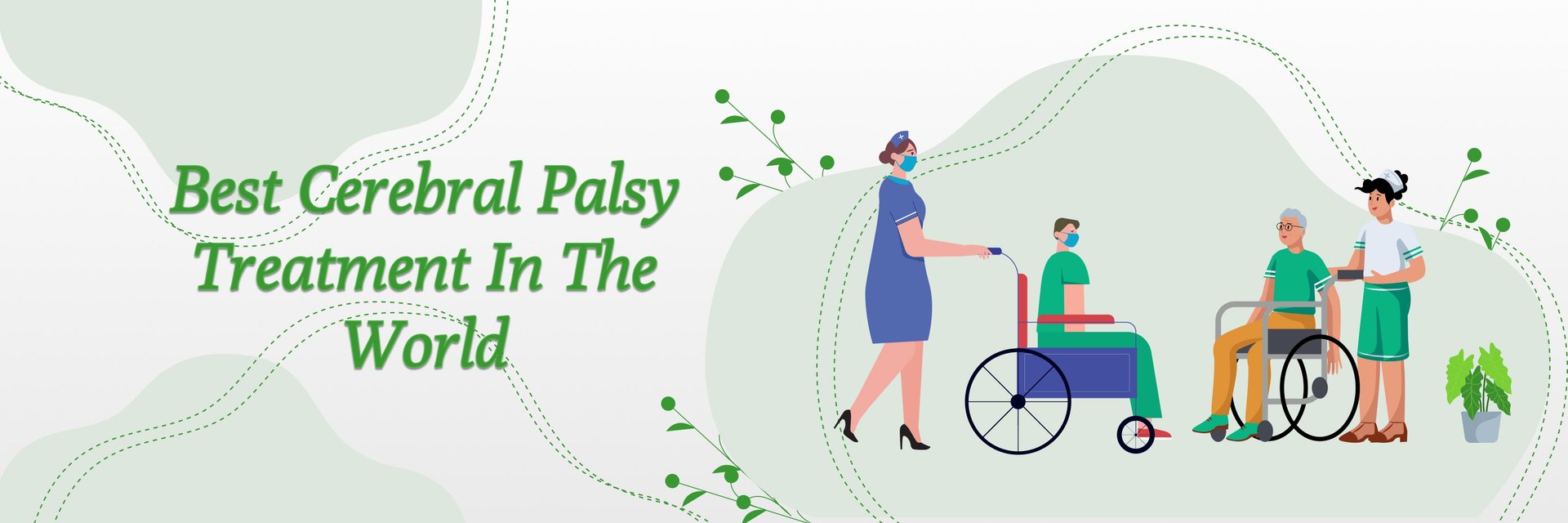Overview
Imagine a world where aging is not a decline but a transition. Where science does not just add years to life but life to years. Welcome to the cutting edge of stem cell anti-aging therapy—a new horizon committed to rejuvenating the body at its very core: the cells. As the newest advancements in biotechnology move forward, stem cell therapy has been found to be one of the most potent therapies to cure, if not maybe even reverse, aging decline.
What Are Stem Cells?
Stem cells are the raw material of the body—cells from which all other specialized cells are derived. Under the correct conditions, stem cells can double to form additional cells, daughter cells, which either become new stem cells or specialized cells like blood cells, brain cells, heart muscle cells, lung cells or bone cells. There are numerous varieties of stem cells Embryonic stem cells, derived from embryos and are pluripotent (able to become all cell types)Adult stem cells, including mesenchymal stem cells (MSCs), in bone marrow, fat, and umbilical cord tissue. Induced pluripotent stem cells (iPSCs), genetically reprogrammed adult cells to an embryonic stem-cell-like state.
Curious how stem cell therapy could work for you?
Fill out our quick form to get personalized insights from our experts.

MSCs, in particular, are more desirable in anti-aging therapies because they are easy to harvest, have low immunogenicity (low chance of rejection), and have the ability to differentiate into many types of tissues, including skin, bone, and cartilage.
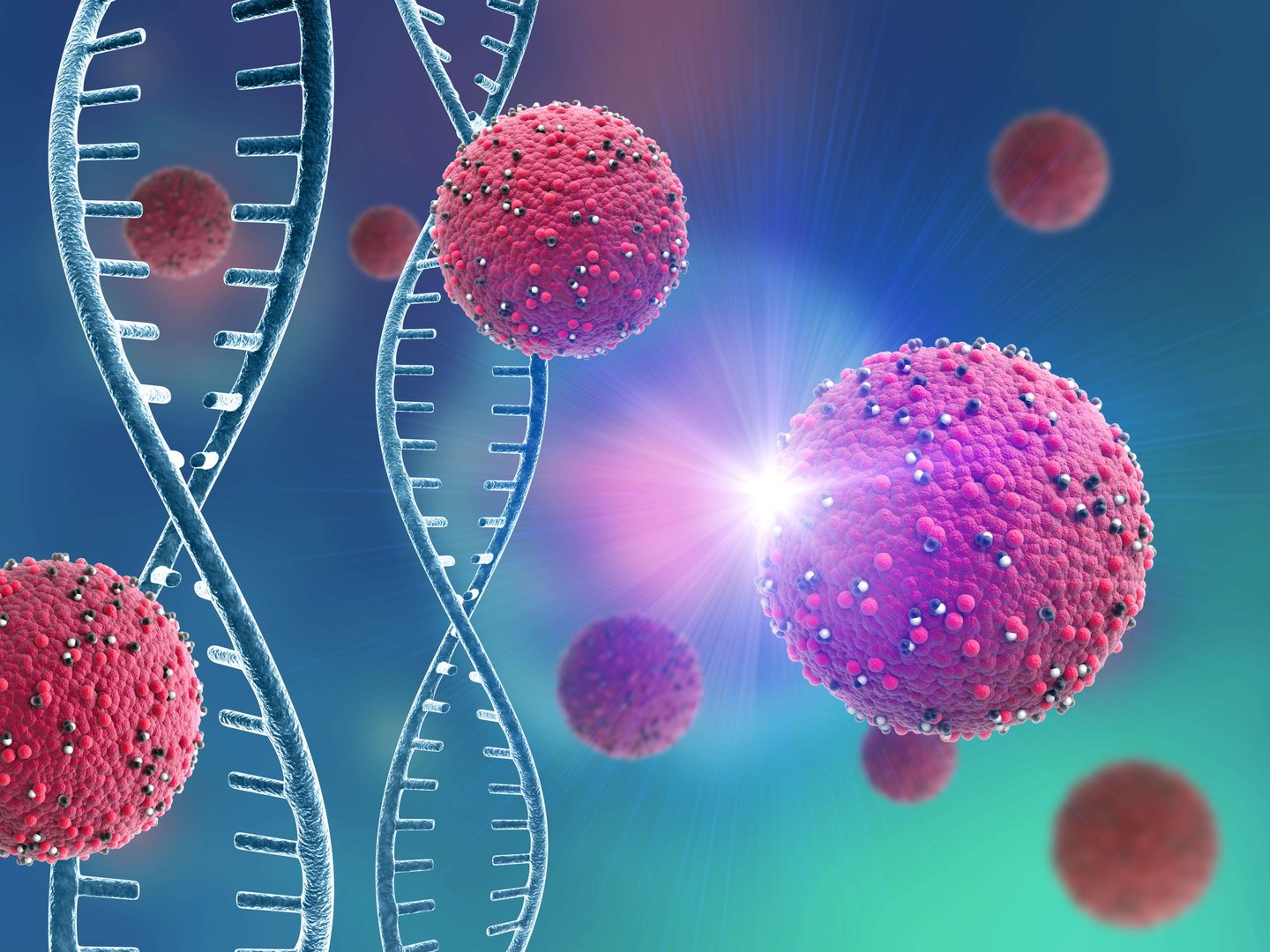
Understanding Anti-aging treatment
Anti-aging treatment is a broad term used for medical, cosmetic, and lifestyle treatments that intend to slow, prevent, or reverse the effect of aging. From serums and creams to hormone replacement and regenerative medicine, the scope is vast. The real revolution lies not in camouflaging the signs of aging but addressing cellular pathways that drive it. Aging is primarily due to:
1) Telomere shortening
2) Oxidative stress
3) Inflammation
4) Mitochondrial dysfunction
5) Stem cell depletion
Cellular aging refers to the gradual fall in the functional capability of cells, which will lead to diseases related to old age such as osteoporosis, cardiovascular diseases, and neurodegeneration. Traditional anti-ageing treatments manage symptoms only. Stem cell treatment, however, treats the core processes.
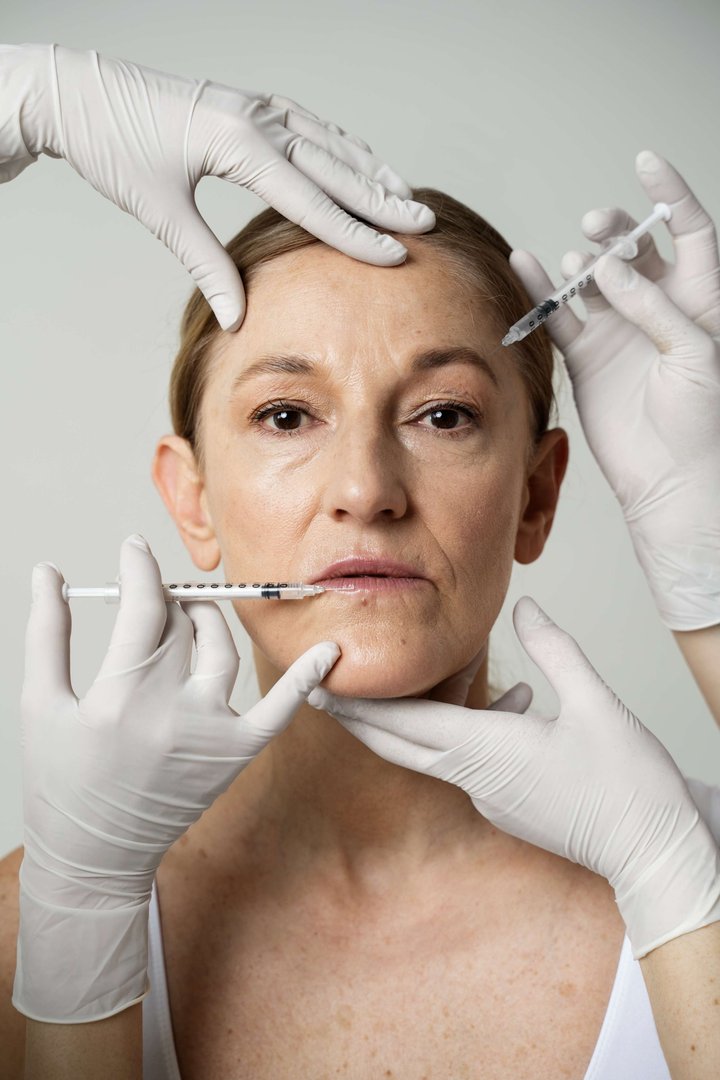
The Intersection: Stem Cell therapy & Anti-Aging
The unique virtue of stem cell therapy lies in restoring and replacing tissues at the cellular level. As we age, the body's regenerative function declines. Stem cells count and function drop, causing skin aging, deterioration of joints, memory loss, and the onset of chronic conditions. By replacing unhealthy, dysfunctional stem cells with healthy, functional ones, we can theoretically restock the reservoir of stem cells and reboot the body's natural repair systems. This is not just cosmetic, but also therapeutic:
- Revitalizing skin and connective tissue
- Enhancing immune function
- Boosting energy and stamina
A 2023 study published in Frontiers in Aging noted that patients who received stem cell injection experienced increases in skin elasticity, decreased inflammatory markers, and physical function improvements over a span of 6 months.
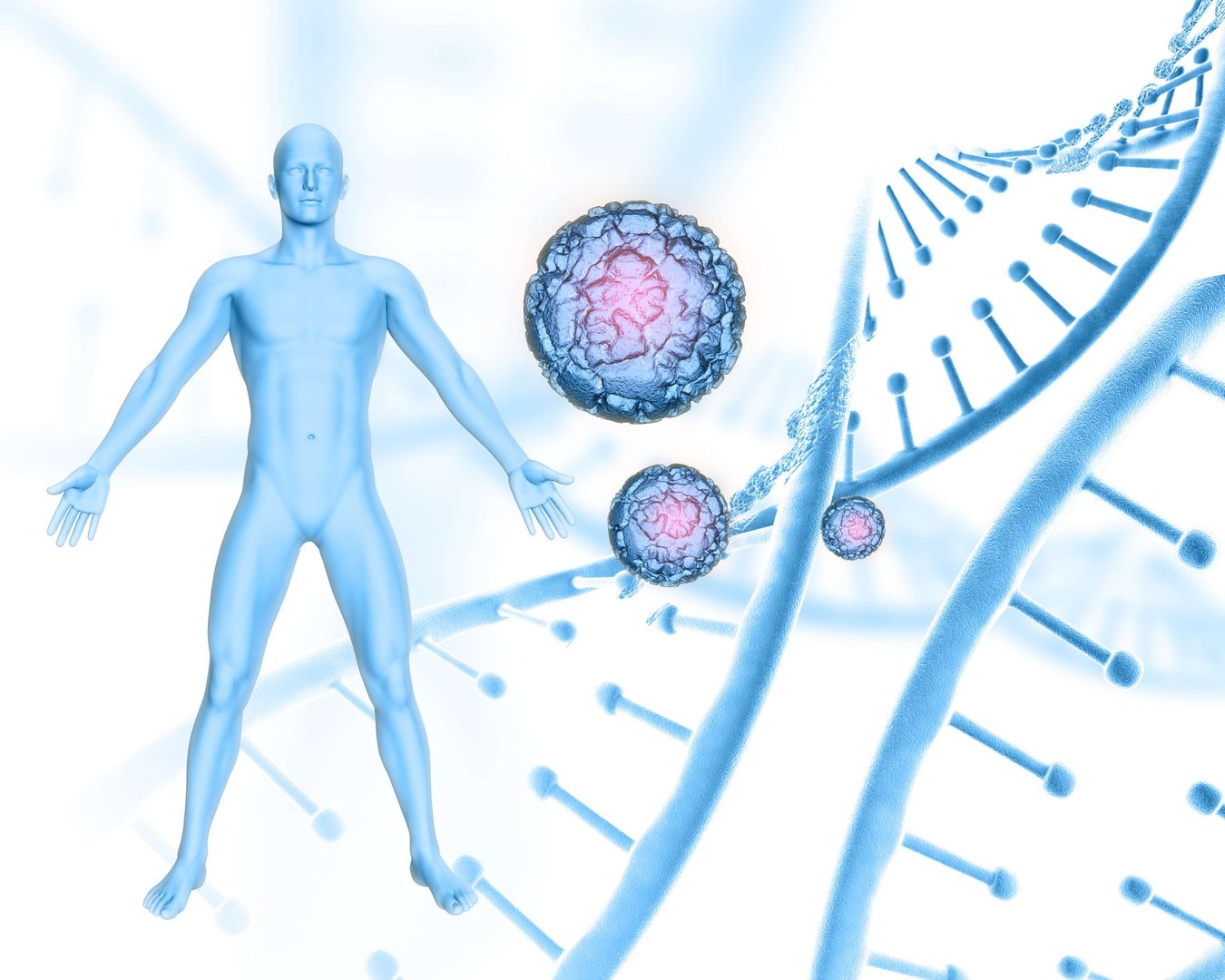
Recent breakthroughs & News
Stem cell therapy and anti-aging treatment are one of the leading fields, therefore there is continuous innovation and developments going on. These highlights reflect rising global investment, innovation, and consumer interest in regenerative medicine.
Advantages of Stem Cell Anti-aging Therapy
1. Skin Rejuvenation
MSCs stimulate collagen synthesis, brightening skin tone, reversing wrinkles, and restoring elasticity. They also stimulate angiogenesis (new blood vessel development), improving oxygen and nutrient supply to tissue.
2. Joint and Muscle Health
Deterioration normally heralds degenerative disorders like osteoarthritis. Stem cells can help cartilage and soft tissue repair, reducing pain in joints and enhancing mobility.
3. Cognitive Function
Certain clinical research shows that stem cells have the ability to avoid or mitigate the risk or advancement of Alzheimer's and other neurodegenerative age-related diseases through anti-inflammatory activity and neurogenesis.
4. Cardiovascular Wellness
Stem cell therapies are able to repair heart tissue and improve blood vessel function, hence potentially minimizing the risk of heart attacks and stroke.
Risk & Considerations of Anti-aging Therapy
1. Regulatory Gaps
Whereas some nations such as the US have stringent FDA regulations, others permit unregulated clinics to provide stem cell therapies, which raises issues of quality and safety.
2. Ethical Concerns
Use of embryonic stem cells has raised ethical concerns. Nevertheless, the majority of anti-aging therapies employed today utilize adult MSCs or iPSCs, alleviating these issues.
3. Side Effects
Potential side effects are immune rejection, infection at the point of injection, and even tumors if the stem cells grow in an uncontrolled manner.
Cost of Treatment
Stem cell treatment and storage can prove to be costly. Here is a rough breakdown:
Stem cell storage fee or the processing fees range between $1,000 to $3,000, and there is an additional $100-$300 yearly storage fee.
Cost of a stem cell therapy session varies between $5,000 to $25,000 depending on the country, clinic, and area of application.
In countries like the U.S. and Germany, a full anti-aging treatment program might range from $15,000 to $40,000. Interestingly, more individuals are banking on stem cell therapy to preserve their healthiest cell and have a regenerative medicine in future.
Summary
Stem cell anti-aging therapy sits at the intersection of biology and cutting-edge technology, offering a powerful tool to not only extend lifespan but improve the quality of life as well. By treating the root causes of aging such as cellular ageing, tissue damage, and inflammation, the therapy has the capacity to revolutionize the way we age. Although still on the drawing board, with a few scientific and regulatory hurdles to overcome, the way forward is clear: anti-aging in the future won't be about pills or potions—it'll be about stem cells.
